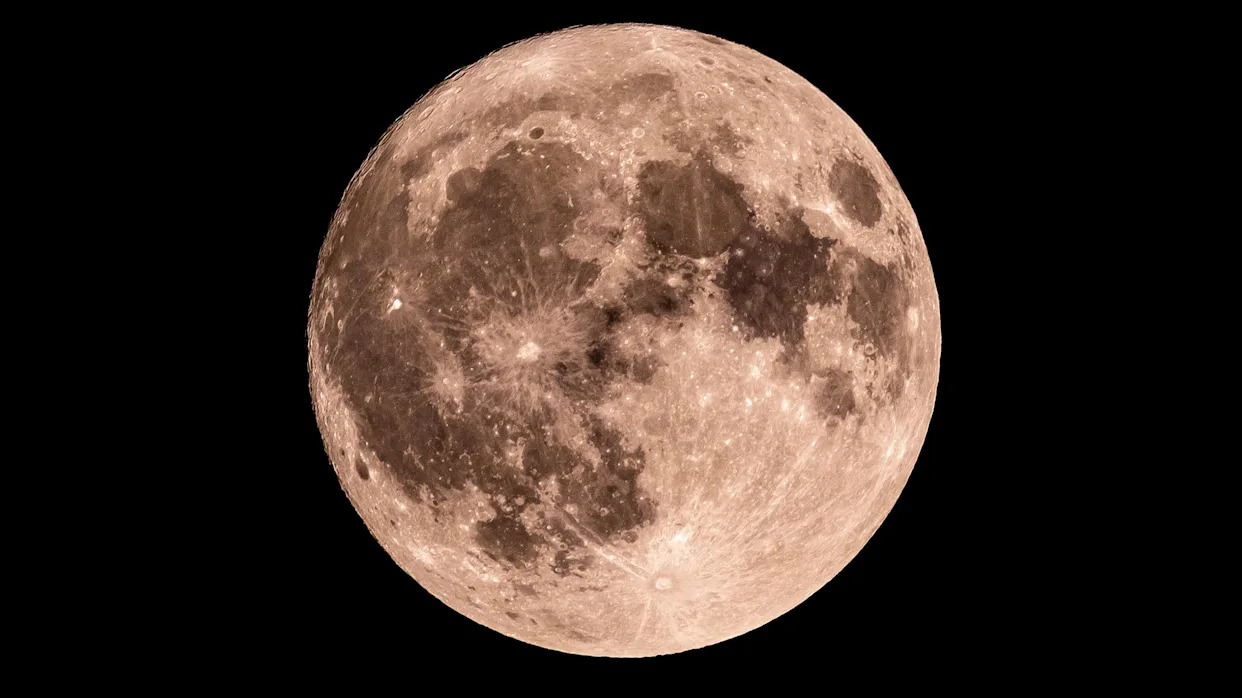Lunar Phase for August 14, 2025: Observing a Waning Gibbous Moon

The moon continues its predictable journey through a cycle of phases, gradually shifting towards what will eventually be a half-moon appearance. The lunar cycle, comprising eight distinct stages of visibility, unfolds over approximately 29.5 days, a timeframe confirmed by NASA’s observations. This cyclical pattern results from the changing angles between the Sun, Moon, and Earth as the Moon orbits our planet; the varying illumination of the lunar surface creates each recognizable phase.
As of August 14th, the moon is in its Waning Gibbous stage, appearing 69% illuminated from Earth, according to data released by NASA’s Daily Moon Observation program. The most recent full moon occurred on August 9th, while the subsequent full moon is anticipated for September 7th.
NASA explains that these phases are a direct consequence of the lunar orbit’s 29.5-day duration and its impact on the relative positioning of the Sun, Earth, and Moon. Despite consistently presenting the same face to Earth, the amount of this face illuminated by sunlight alters throughout the lunar orbit, leading to the full moons, half moons, and periods of near invisibility that characterize the cycle.
The complete sequence of phases—New Moon (when the moon is positioned between Earth and the Sun, rendering it effectively invisible), Waxing Crescent (a sliver of light appearing on the right side in the Northern Hemisphere), First Quarter (half the moon illuminated on the right), Full Moon (complete illumination), Waning Gibbous (light diminishing from the right side), Last Quarter or Third Quarter (the left half lit), and Waning Crescent (a final sliver of light remaining before darkness)—repeats continuously.









